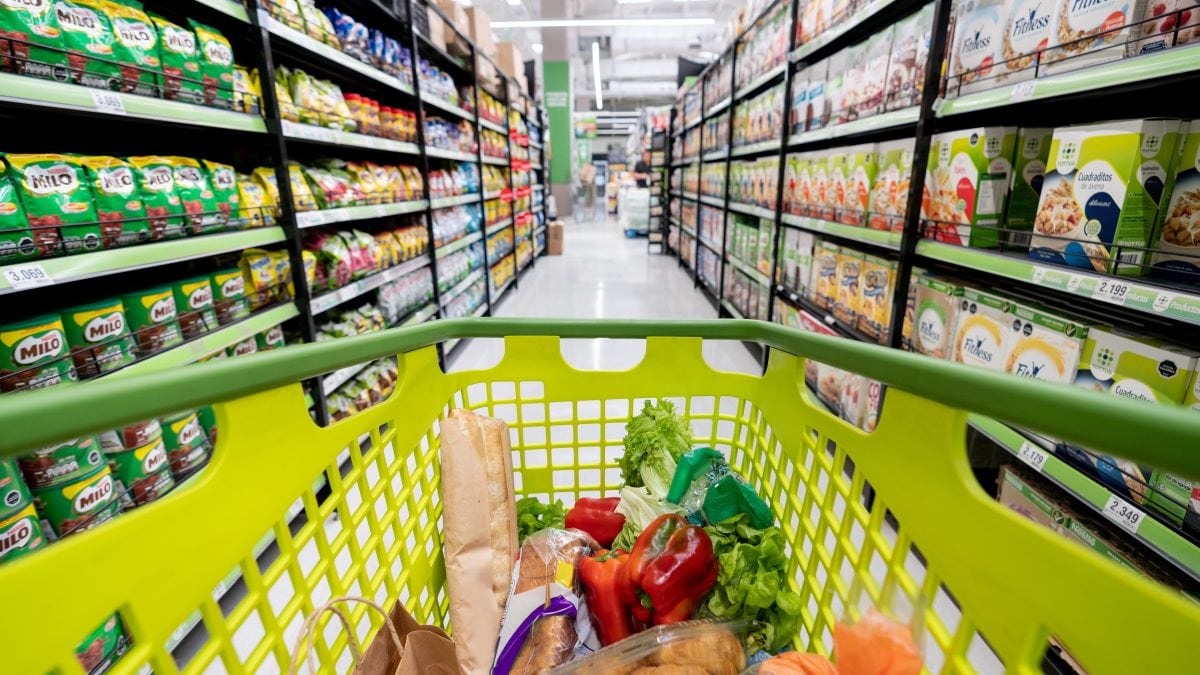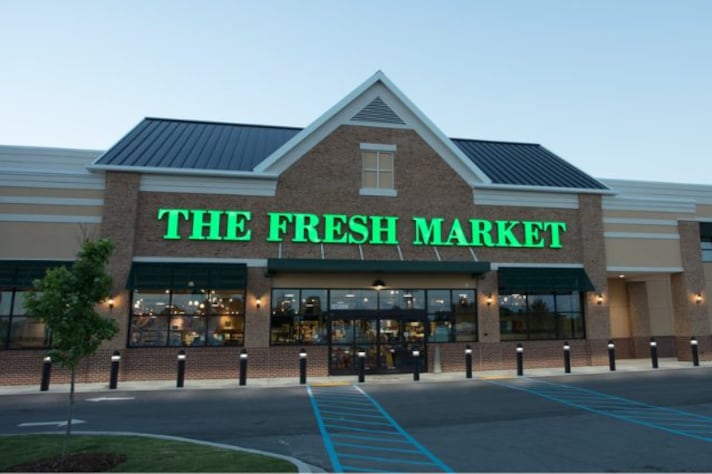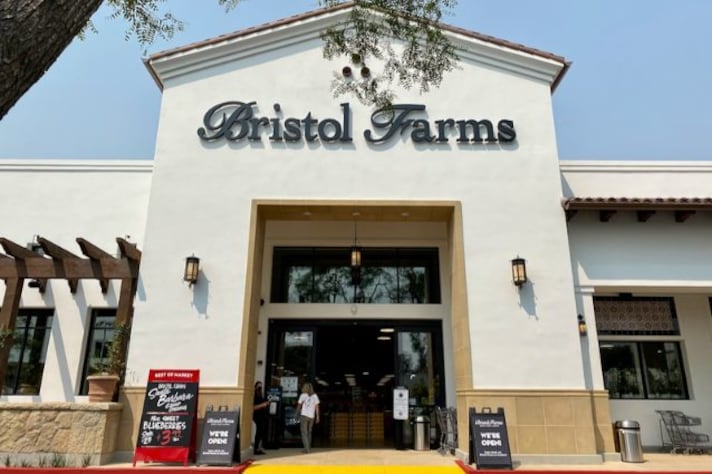
In a year when grocery prices are already testing household budgets, some supermarket chains are pushing the limits of what shoppers will pay—not just for quality, but for experience, exclusivity, and brand prestige. While many Americans are hunting for deals, others are walking into stores where a dozen eggs can cost $17 and a single strawberry is priced at $19. Welcome to the world of luxury grocery shopping, where ambiance and aesthetics often come with eye-watering price tags.
Erewhon Is The Reigning King of High-End Groceries

If there’s one name that dominates the conversation around expensive grocery stores, it’s Erewhon. Based in Los Angeles, Erewhon has become a cultural phenomenon, thanks in part to its celebrity clientele and viral $30 smoothies. The store’s shelves are lined with niche wellness products, biodynamic produce, and ultra-premium pantry staples—like $26 oxygenated water and $36 packs of organic mushrooms. It’s not uncommon to see shoppers spending triple what they would at a conventional store for items that promise purity, sustainability, and status. Erewhon isn’t just a grocery store, it’s a lifestyle destination. And for many, the price is part of the appeal.
Whole Foods Market or "Whole Paycheck"

Despite efforts to lower prices after its acquisition by Amazon, Whole Foods remains one of the most expensive national grocery chains. Known for its organic standards and curated selections, the store has long been nicknamed “Whole Paycheck” by shoppers. A ribeye steak can cost up to $6 more per pound than at Kroger, and a bottle of maple syrup might run you $20.
Whole Foods has improved its affordability in some areas, but depending on location, it still ranks high on the list of stores where your grocery bill can spiral quickly.
The Fresh Market Has Boutique Pricing for Everyday Items

Primarily located on the East Coast, The Fresh Market offers a boutique shopping experience with prices to match. A bottle of olive oil that costs 55 cents per ounce at Walmart might run $1.66 per ounce here. The store emphasizes artisanal goods, premium meats, and a curated atmosphere—but for shoppers expecting everyday value, the checkout total can be a shock.
Gelson’s and Bristol Farms, California’s Pricey Favorites

Southern California is home to two more upscale chains: Gelson’s Markets and Bristol Farms. Both are known for their clean layouts, gourmet selections, and high-end prepared foods. Gelson’s even features fresh pizza stations by celebrity chefs and juice bars. But the price of entry is steep—Tillamook cheddar, for example, costs more than twice what it does at Walmart.
Bristol Farms, meanwhile, draws shoppers with its ambiance and convenience, but even basic staples like milk and bread can cost several dollars more than at nearby competitors.
Dean & Deluca and Citarella

Though smaller in footprint, Dean & Deluca and Citarella have earned reputations as upscale grocery destinations. Dean & Deluca, once a symbol of New York’s gourmet scene, famously stocked a $95 cake and continues to offer rare, high-quality ingredients. Citarella, known for its pristine seafood, caters to shoppers who prioritize freshness and trust—but at a premium.
Why Shoppers Still Pay More
So why do people continue to shop at these stores despite the cost? For some, it’s about quality and sourcing. For others, it’s the experience—clean aisles, helpful staff, and a sense of indulgence. And for many, it’s about convenience and trust. These stores often carry items that are hard to find elsewhere, and their reputations for freshness and specialty goods keep loyal customers coming back.
But as food prices remain elevated nationwide—up nearly 28% over the past five years—more shoppers are questioning whether the premium is worth it. For everyday staples, the answer might be no. But for special occasions, curated diets, or the occasional splurge, these high-end grocers still hold their place.
;Resize,width=767;)
